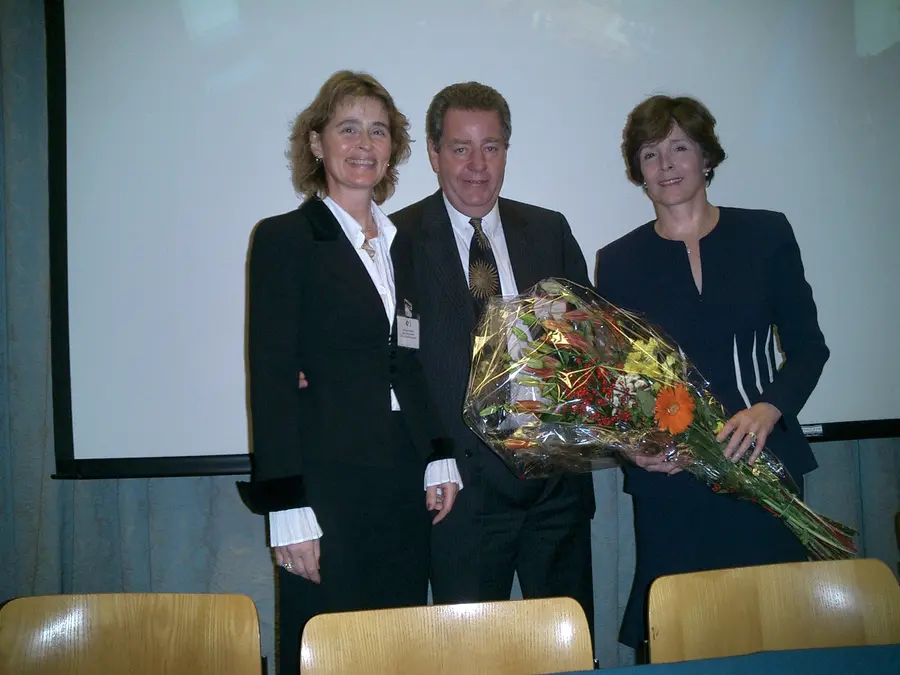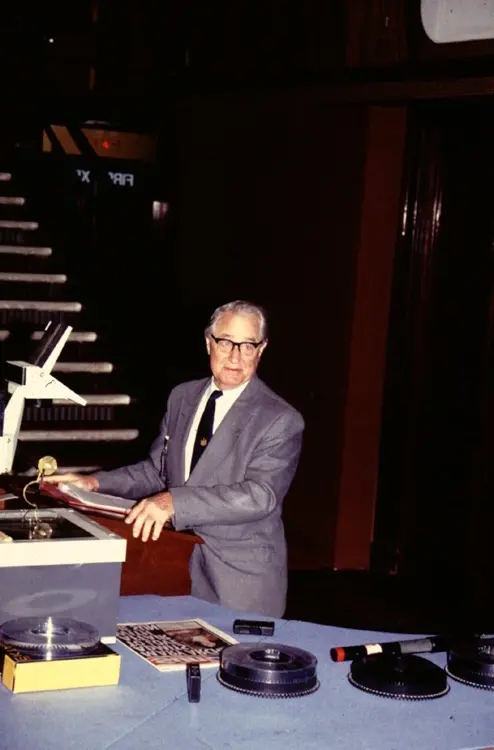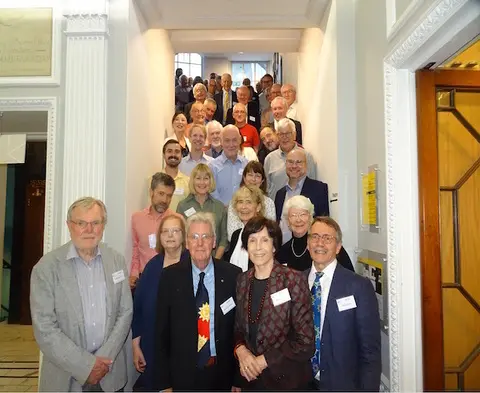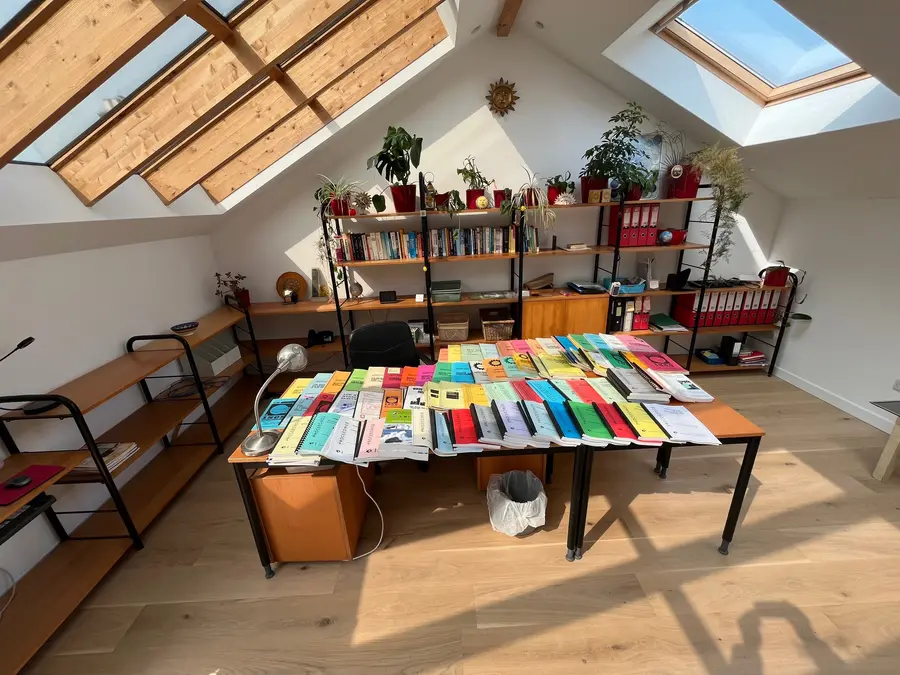“Our hopes for the future have to be based principally on one of two alternatives [to fossil fuels], nuclear energy or the steady state of solar energy.”
With only a few weeks to go until COP29 opens in Baku, you’d be forgiven for thinking this quote is from a commentator or researcher at the leading edge of climate innovation.
In fact, this sentence is actually from a speech made in 1974 by George Porter, Director of the Royal Institution (Ri), speaking at the inaugural meeting of the UK branch of the International Solar Energy Society (UK-ISES). Led by Mary Archer, who was then a post-doctoral student at the Ri’s Davy Faraday Research Laboratory, this dedicated group and their international collaborators, would go on to change the world.

Back in 1974, the potential of solar energy was becoming clear. Archer’s work at the Ri on photoelectric chemistry was a significant contribution to the development of photovoltaic (PV) panels. Porter himself was buoyantly optimistic, saying:
“With such a wide range of possibilities and the good theoretical background now available, we can be optimistic about the possibilities of the photochemical utilisation of solar energy in the near future.” George Porter, 24 January 1974
Given that solar power provided 4.9% of the UK’s electricity supply in 2023[1], I think we can say now that his optimism was correct!
When the Society was launched 50 years ago, most of its members were working on using solar radiation to heat buildings, solar thermal water heating, passive solar architectural design, and reducing energy consumption. Only a handful were working on solar photovoltaics (PV) which was widely perceived to be far too expensive to ever be used on a significant scale in the UK. Instead, PV was being used for small, remote, applications such as lighthouses and telecommunications where grid electricity was not available. There was also an emerging market for applications in developing countries where more than 2 billion people had no access to grid electricity.
Today, in a large part thanks to the Society and its members, efficient building design with active solar has become mainstream.

Over the past 50 years, PV has moved on from being considered by the Government to be irrelevant to our energy needs, to being a major component of the Clean Energy Superpower Mission 2030. We now have 17 GWp of PV in operation, including 1.7 million homes with solar rooftops, a staggering achievement given the Society was the first to call for such developments at its Solar Electricity Conference in 1974. Over the past 50 years the Society has conducted well over 100 conferences, published 12 books and reports, contributing immensely to these achievements.
Many of the researchers and supporters reunited at the Ri last week for a meeting to celebrate the 50th anniversary of the Society, and to formally wind up the Society. Their good work is being continued by other organisations now. The Society members have kindly donated their reports, books and other publications that document almost the entire history of the Society’s work. These archives will be added to the Ri’s historic collection and catalogued in due course.

George Porter was one of the last Directors to carry out his own research at the Ri, but it remains very important to us to have researchers in the building. An Ri without any researchers would be like the ravens leaving the Tower of London!
We regularly host meetings and conferences of researchers and scientists. We are fortunate enough to host several teams of amazing scientists, including the London Institute for Mathematical Sciences (LIMS), Britain’s only independent research institute in physics and mathematics; and UCL’s Healthcare Biomagnetics Laboratory, a cross-disciplinary team of around 40 physical and life scientists and engineers.

The Ri is also a partner with Imperial College London in Undaunted, London’s centre for climate change innovation. Many of the science and technology entrepreneurs who are being supported by Undaunted’s programmes, coincidentally, visited the Ri on the same day as the UK-ISES anniversary meeting. They were pitching their ideas to potential investors, from radical concrete alternatives, to algae-covered walls. I hope that fifty years from now, we will be celebrating the achievements of Undaunted’s inspirational innovators, just like we have been celebrating the UK-ISES innovators.
As Margaret Mead is reputed to have said:
“Never doubt that a small group of thoughtful, committed citizens can change the world. Indeed, it is the only thing that ever has.”
Katherine Mathieson is Director of the Royal Institution